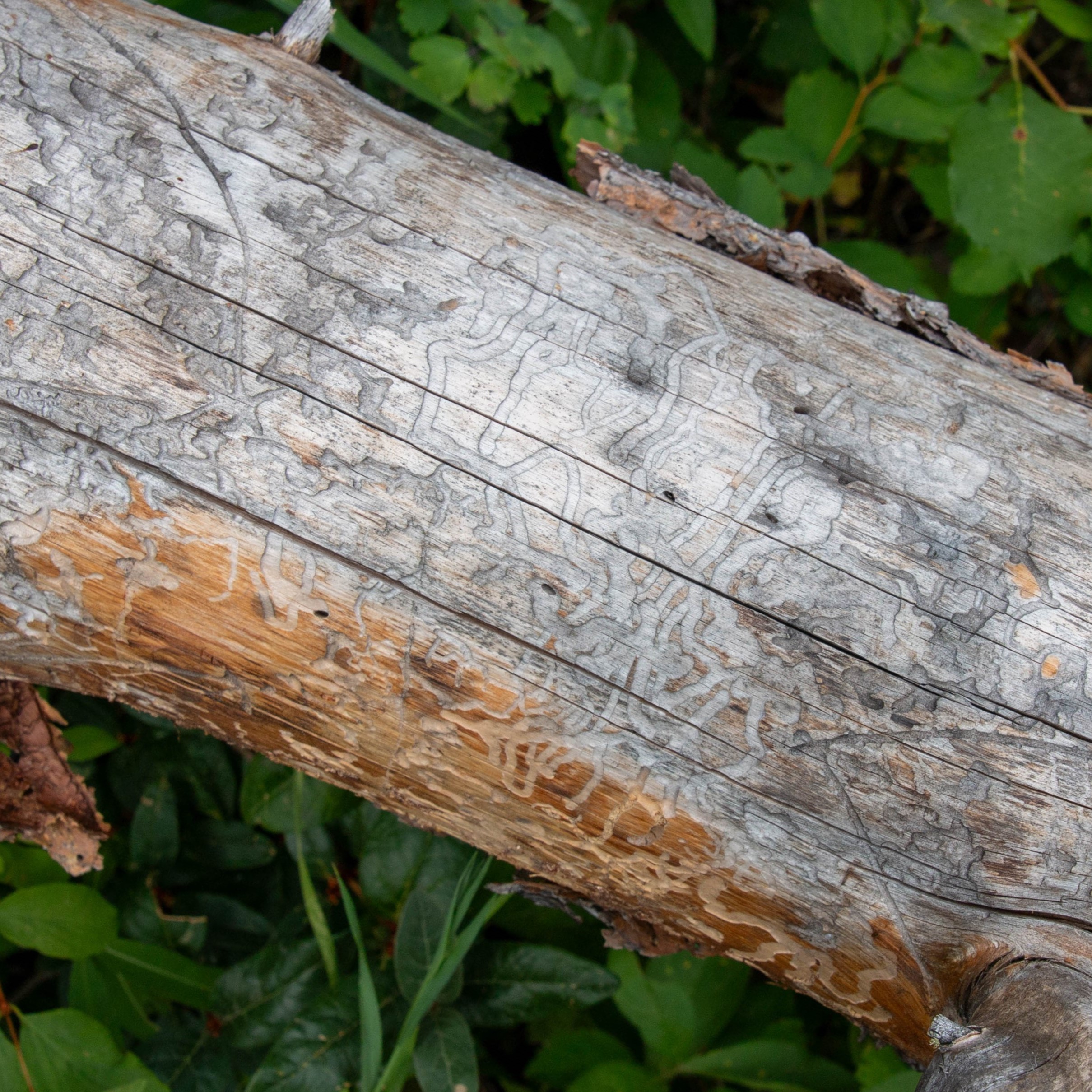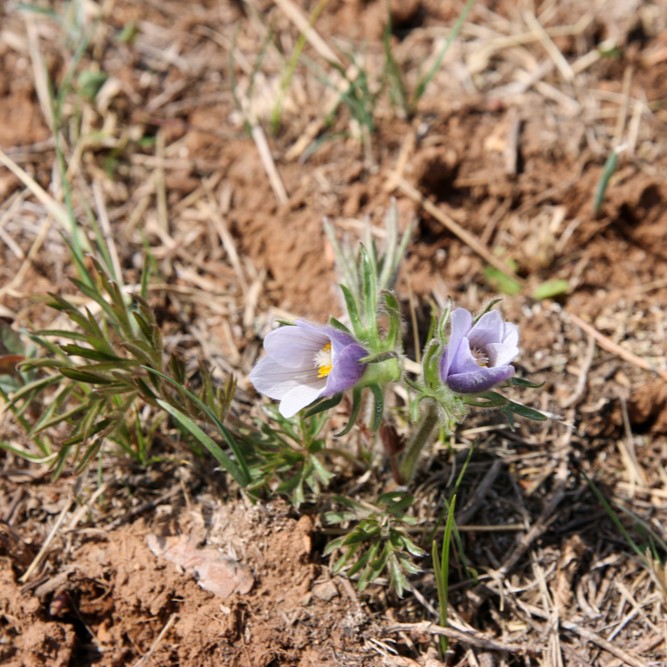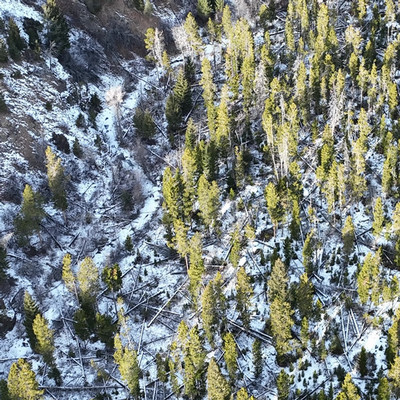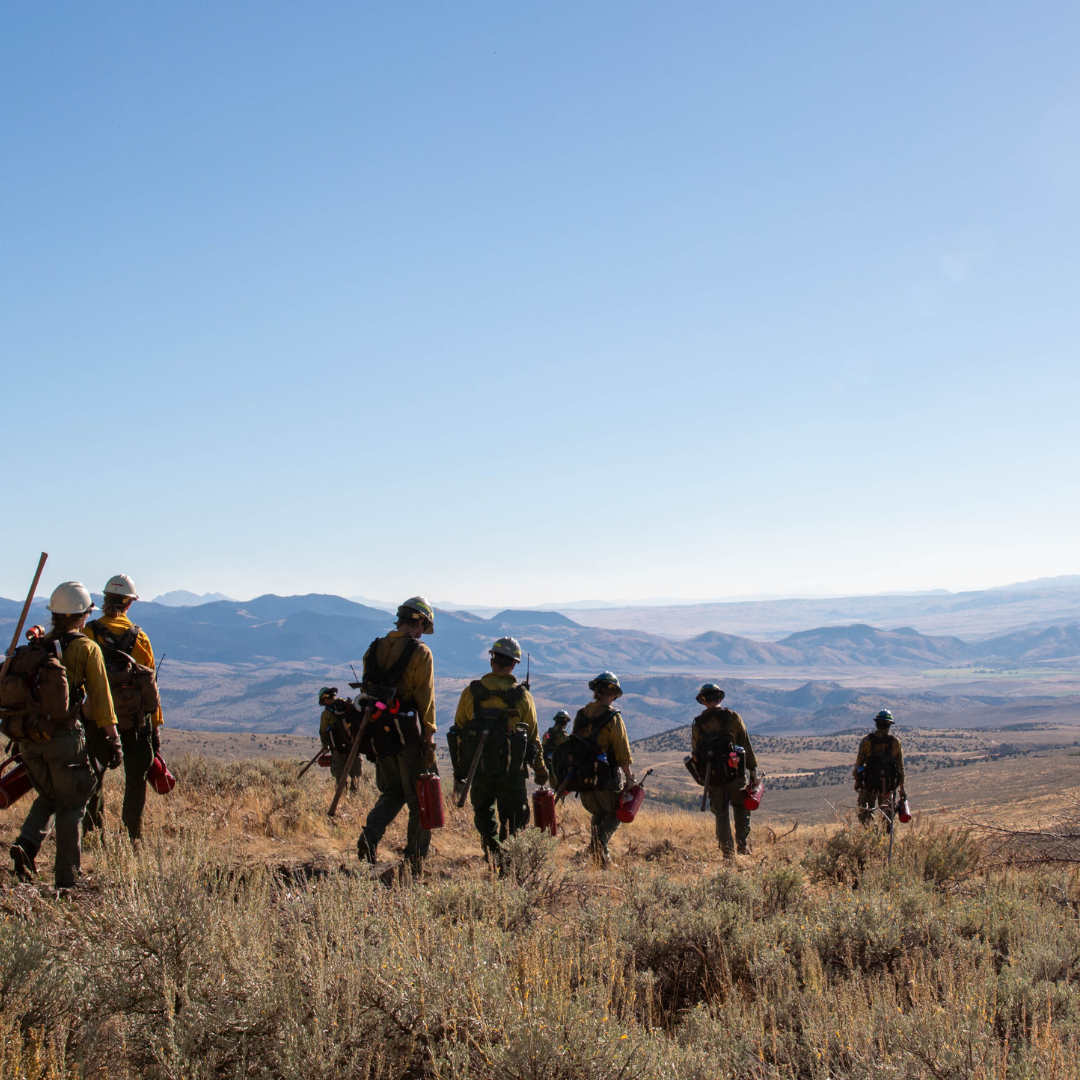Our Plan
Fires, insects, and disease don't stop at fence lines. Neither should our management.
The Montana Forest Action Plan convened key statewide stakeholders and tribal nations to reassess statewide forest conditions, identify priority areas for treatment, and develop a cross-boundary plan to accomplish landscape-scale forest restoration.
The plan consists of three main parts.
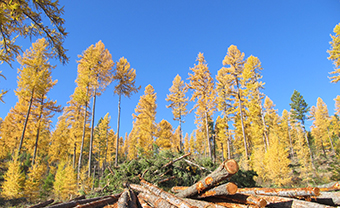
The Montana Forest Action Plan provides recommended goals and strategies to help promote cross-boundary, landscape scale forest restoration and management.

The Priority Areas for Focused Attention show the places in Montana that would benefit most from cross-boundary work.

The Statewide Assessment of Forest Conditions provides an updated analysis of forest conditions and trends.
DNRC Forestry and Fuels Project Activity Tracker

Implementing the Forest Action Plan
This project, located in Powell County, in the Blackfoot River watershed will improve forest health, increase wildfire resilience, and enhance wildlife habitat on 673 acres. The project primarily focuses on forest management activities within the Blackfoot-Clearwater Wildlife Management Area, along with some work occurring on the Blackfoot Community Conservation Area.
Project partners: Montana FWP and the Blackfoot Challenge.
East Shore Fuels Reduction Project ($300,000 - fully funded)
Located in Lake County, this project focuses on mitigating wildfire risk near the community of Woods Bay, in the wildland urban interface along the foothills of the Mission Mountains. The goal is to complete forest thinning and slash disposal activities on 250 acres of private forest land, collaborating with approximately 30 landowners. Treated areas will include work within the Home Ignition Zone as well as broader acres to connect treatments between ownerships.
Project partner: Lake County Government.
Helena Valley Fuels Project ($200,000 - partially funded*)
This project in Lewis & Clark and Jefferson counties is a partnership with Tri-County FireSafe Working Group and the DNRC’s Helena Unit. The project area is in Holmes Gulch southwest of Helena, aligning with the USFS 10-Mile South project and in a landscape adjacent to the Brooklyn Bridge GNA project. Project funds will be used to educate landowners about living in the wildland urban interface and r wildfire risk on 100 acres of private forest land, focused around homes and aligning with completed projects on adjacent private and federal lands. *The proposal included a request to fund project work on USFS-managed lands, which was not selected to receive funding at this time.
Project Partners: Tri-County FireSafe Working Group, DNRC Helena Unit and Forest Service.
Butler Creek Fuels Reduction Project ($300,000 – fully funded)
This project will reduce wildfire risk on 174 acres of private property located northwest of Missoula, in Missoula County. It involves collaborating with three private landowners to align with projects completed on adjacent private property and projects on USFS managed lands. Additionally, the Natural Resources Conservation Service has completed extensive forestry work with several private landowners in the project area.
Project partner: Bitter Root Resource Conservation & Development.
Bitterroot Front Private Land Fuels Reduction Project ($300,000 – fully funded)
This project reduces wildfire risk on private property near the community of Victor, in Ravalli County. Working with eight private landowners in the Big Creek and Bear Creek, 174 acres of treatment will be completed. This work aligns with more than two dozen previously completed projects in the project area and will reduce hazardous fuel conditions in the Home Ignition Zone and surrounding forest.
Project partner: Bitter Root Resource Conservation & Development.
South Swan Valley Fuels Reduction Project ($250,000 – partially funded)
This project reduces hazardous fuel conditions on 200 acres of private property in the Lindberg Lake area; a landscape just north of the 2023 Colt Fire near the community of Seeley Lake, in Missoula County. The 2023 wildfire has heightened interest from landowners to take action on their own forest to mitigate wildfire risk and reduce the potential for high-severity wildfire behavior in the project area, which contains approximately 140 structures. Treatment areas will include work in the Home Ignition Zone, broader acres of forest between structures, and along public access routes to improve the safety for emergency responders and evacuation needs.
Project partner: DNRC Swan Unit.
Rattlesnake Creek and Marshall Canyon Fuels Reduction and Forest Health Improvement Project ($250,000 – partially funded)
Located in Missoula County, this project reduces wildfire risk on 100 acres of private property and 120 acres of public open space lands north of Missoula and East Missoula. Private land work will focus on the home ignition zone and properties of residents in the Rattlesnake Creek drainage, to reduce wildfire risk in establish a fire adapted community in the project area. Project activities in lower Marshall Canyon will also increase resiliency to wildfire and insects and disease occurrence, establish healthier forest conditions in the project area.
Project partners: Missoula County, the City of Missoula, and Missoula Rural Fire Dept.
Blackfoot Valley Fire Adaptation Project ($200,000 – partially funded)
The purpose of this project is to increase the pace and scale of prescribed fire, specifically broadcast burning, in conjunction with fuel reduction thinning, to create fire-adapted communities, places where fire can pass without destroying homes or infrastructure. This project will help treat 260 acres of non-federal forest land with a “show don’t tell” model to increase landowner participation in the project, which also provides valuable training opportunities for local firefighters and contractors in prescribed fire. The project will prioritize treated areas located in Powell County, within the Blackfoot River Watershed.
Project partner: Blackfoot Challenge.
Missoula Valley Prescribed Fire and Reforestation Project ($270,000 – partially funded)
Located in Missoula County, this 240-acre project on the southwest side of Missoula Valley will utilize prescribed burning as a means for fuels reduction and site preparation to support replanting a forest impacted by a recent insect and disease outbreak. The project area is adjacent to an additional 500 acres of work on private property, and USFS planned treatment units in the Wildfire Adapted Missoula project. Combined, these projects will help establish landscape-level fuels reduction treatments, increasing the resilience of the forest around the community of Missoula.
Project partner: Private landowner.
Holland Lake Hazardous Fuels Reduction Project ($200,000 – partially funded)
This project is in Missoula County, north of the community of Seeley Lake. The outcome is to improve forest stand conditions and reduce wildfire risk by managing hazardous fuels on 225 acres private property near the high-traffic recreational area in the Swan Valley, Holland Lake. The project is adjacent to planned USFS landscape restoration treatments, and compliments additional work completed on private property in the project area.
Project partner: Private landowner.
Thompson/Blue Slide Resilient Forest Project ($160,000 - fully funded)
This project in Sanders County, north of the community of Thompson Falls, improves forest stand conditions and reduces wildfire risk by managing hazardous fuels on 195 acres private property near the Blue Slide Road. The project is adjacent to an additional 200 acres of planned forest restoration treatment on private property, complimenting 100+ acres of additional work completed on private property in the project area over the past three years.
Project partner: Private landowner.
Nirada-Flathead Shaded Fuel Break Project ($200,000 – partially funded)
This project will establish a fifteen+ mile, east-west shaded fuel break along a forest road system to improve wildland firefighter safety and suppression response southwest of Kalispell. This landscape presents heightened wildfire risk to numerous communities in the area (Marion, Kila, Kalispell, Somers, and Lakeside). Wildland fire protection agencies will benefit from the establishment of this control point on the landscape. The project area is in southern Flathead County and northern Lake County. Additional efforts are underway to assess and manage hazardous fuel conditions on public and private forest lands to improve forest health and increase resiliency to wildfire and insect and disease occurrence.
Project partner: Private landowner.
Grass Range Fuels Reduction and Landscape Restoration Project ($125,000 – partially funded)
In Fergus County, between the community of Grass Range and the Little Snowy Mountains, this project will remove conifer encroachment and reduce tree density on 150 acres of private forest land. The goal is to reestablish a mosaic of meadows and open-canopy ponderosa pine savannah forest conditions. Land managers for adjacent BLM and DNRC ownerships have expressed interest in complimentary forest thinning and conifer encroachment removal work. By reducing fuel loading and promoting low-intensity surface fire behavior, the project will help ensure intact forest conditions persist in the event of a wildfire.
Project partners: Private landowner, DNRC Northeastern Land Office, BLM.
Through a combination of thinning, improvement, and regeneration cuts, the project is promoting species such as ponderosa pine and western larch creating a mosaic forest with diverse age classes of lodgepole pine. This outcome further lessens the threat of widespread impacts from insect and disease and increasing wildfire resilience.
As of January 2024, 98% of the harvest activity is complete with subsequent post-harvest activities, including temporary road deconstruction and various forest management practices, continuing through 2025. This strategic initiative underscores the commitment to proactive forest management, ensuring the long-term health and resilience of the landscape.
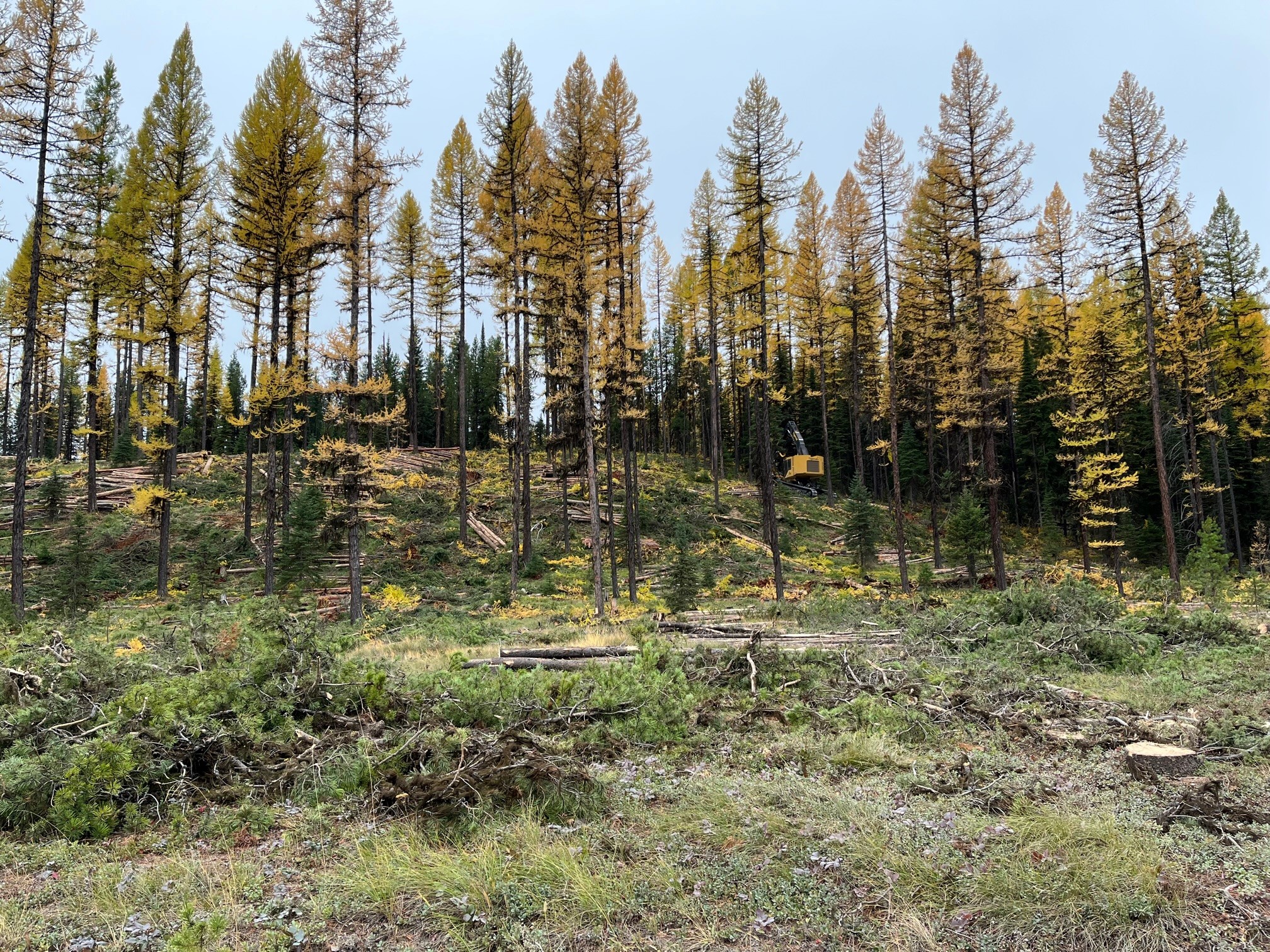
The Piquett Creek Project, situated in the southern part of Ravalli County within the Bitterroot National Forest, spans approximately 5,800 acres of Forest Service lands. This project, aimed at enhancing landscape resilience to disturbances, focuses on diversifying forest structure and composition while reducing fuel loads to mitigate wildfire risks. By reintroducing fire into the ecosystem and managing vegetation, the initiative seeks to restore the natural variability of the landscape, thereby promoting habitats conducive to wildlife such as bighorn sheep, mule deer, and elk.
Project initiatives include thinning over 952 acres, harvesting trees on 158 acres, installing 3 miles of fire line and fuel breaks, and upgrading 1.55 miles of Forest Service road to improve stream crossings and drainage. These measures are geared towards creating a landscape that is not only resilient to climate changes, fire, and insect threats but also supports a diverse range of wildlife habitats.
353 acres being harvested as part of the Piquett Timber Sale and comprehensive treatments planned for up to 3,000 acres within the project area. These efforts aim to improve landscape resilience, reduce hazardous fuels, and enhance habitat diversity. Moreover, the project has seen the completion of road and infrastructure improvements, contributing to sediment reduction and fish habitat enhancement in Piquett Creek.
The Piquett Creek Project represents a collaborative effort involving public field trips, meetings with local landowners, and presentations to partners, emphasizing community involvement and stakeholder engagement in forest management practices. It stands as a testament to the combined efforts of various stakeholders to foster a sustainable and resilient ecosystem that benefits both the environment and the community
Good Neighbor Authority Jackknife Project
Flathead National Forest - Tally Lake Ranger District west of Olney
The GNA partnership between Montana DNRC and the U.S. Forest Service allows our agencies to plan and implement forest management and restoration projects together - increasing our capacity to complete important project work in our communities. The purpose of the Jackknife project is to reduce the risk of intense wildfires within the communities near USFS lands by reducing tree densities and accumulated combustible vegetation. This type of forest management also improves the diversity and resilience of the forest.
Our Focus
The Montana Forest Action Plan serves as the all hands, all lands plan for addressing forest health and wildfire risk issues across all forested lands in the state of Montana.
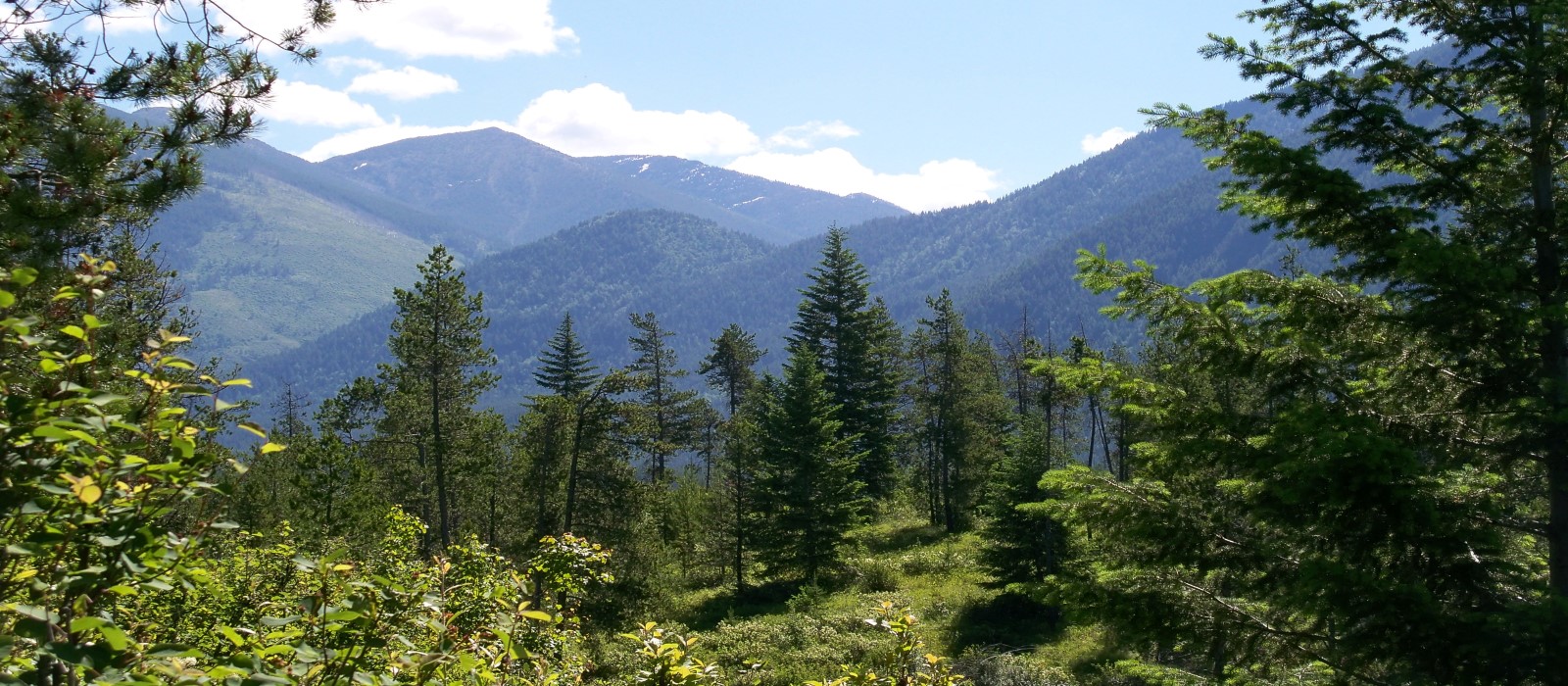
Forest Management at a Glance:
Forest conditions and the consequences of those conditions affect all Montanans regardless of land ownership. By working to align the efforts of diverse partners across the state, we can advance a common mission of strengthening our shared stewardship of Montana's forests. This approach is called cross-boundary forest restoration and management.
Taking Action
Through collaborative, science-focused, cross-boundary and shared landscape management strategies, we can benefit the social, cultural, economic, and biophysical forested landscapes of Montana.
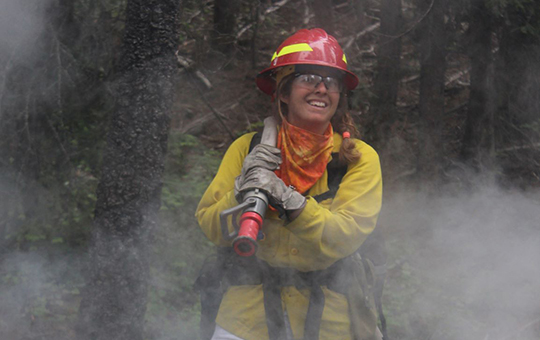

Collaborative Partnerships
Cross-boundary forest restoration and management prioritizes and amplifies collaborative efforts that bring together stakeholders representing diverse perspectives, interests, and expertise.
Supporting Local Economies and Communities
Montanans have been making their living off the land for generations, whether its working forests or outdoor recreation. Cross-boundary forest restoration and management works to make sure that remains a possibility for generations to come.

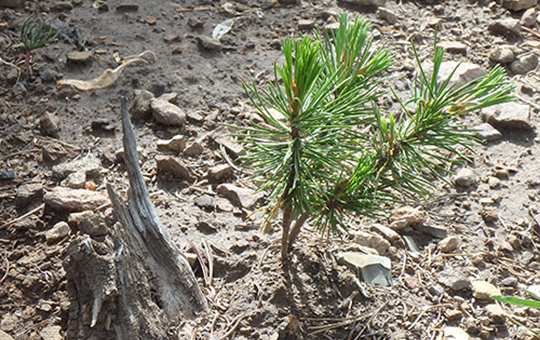
Healthy, Sustainable Forests
At the end of the day, we all have one goal in common: keep Montana's forests healthy and resilient. Cross-boundary forest restoration and management treats our forests as forests, regardless of property boundaries.
Part of Montana's legacy is built on our forests.
The Montana Forest Action Plan will work to make sure that legacy continues by keeping Montana's forests healthy and sustainable for generations to come through cross-boundary forest restoration and management.

